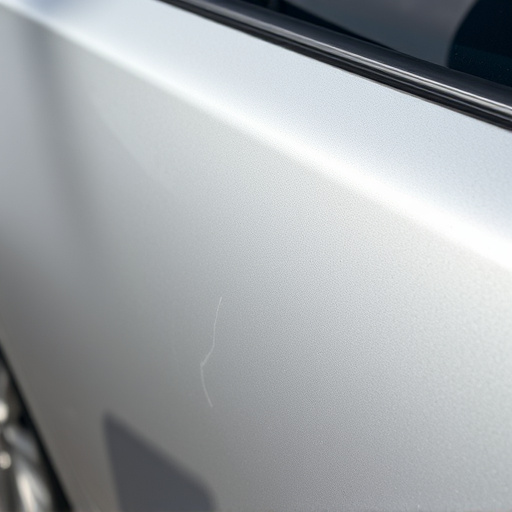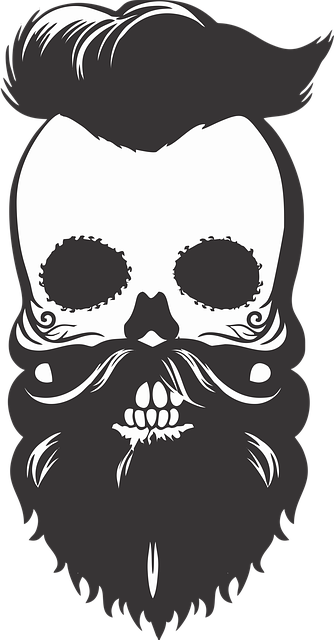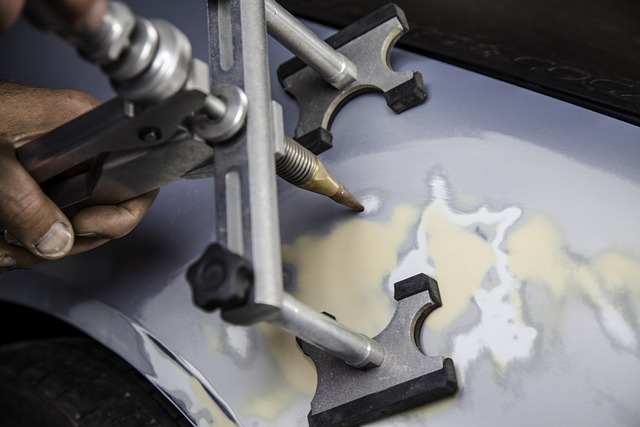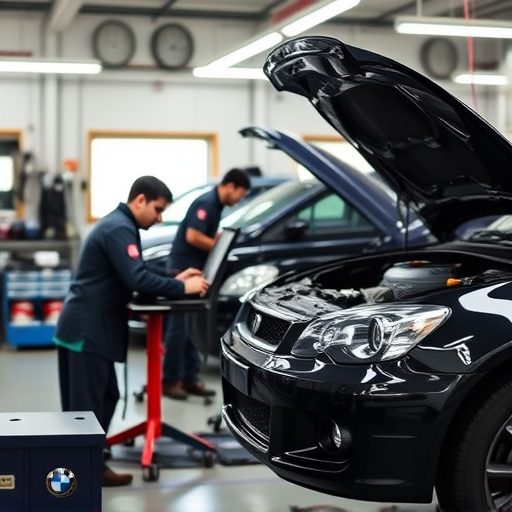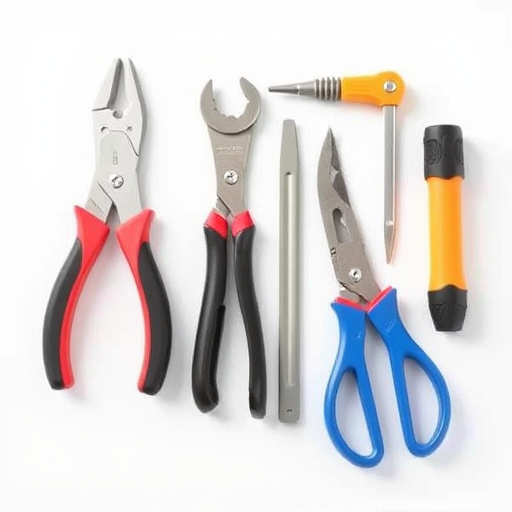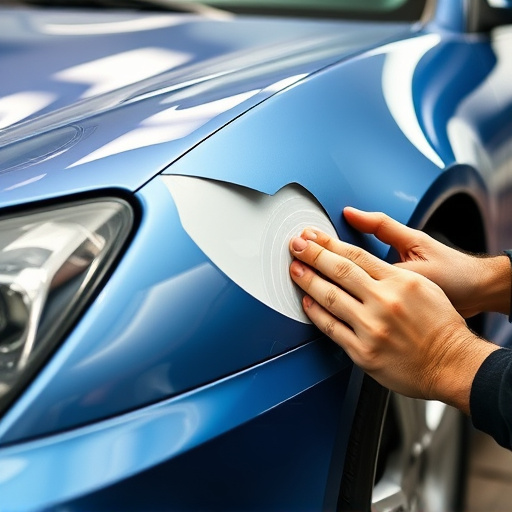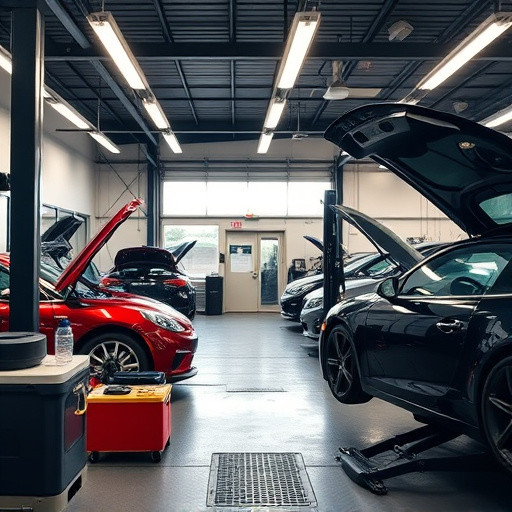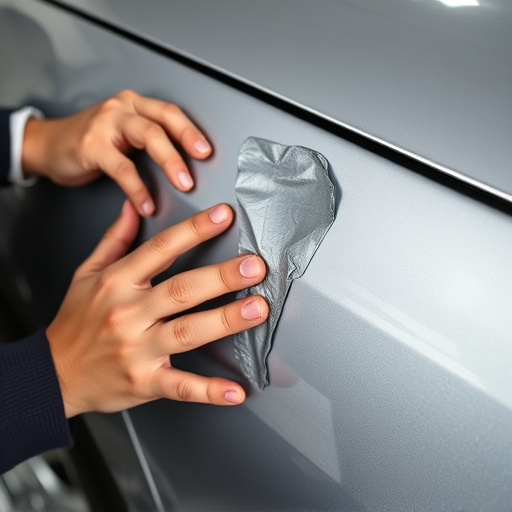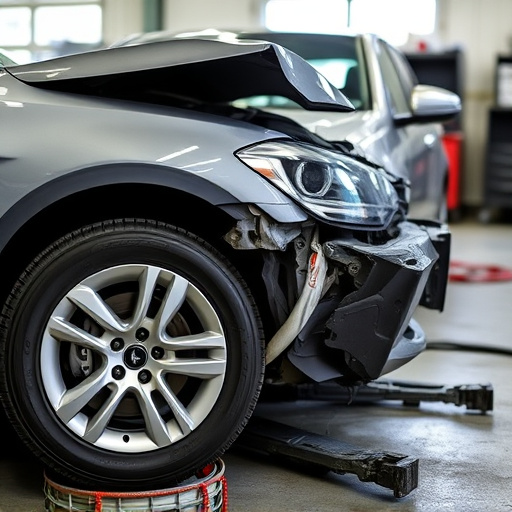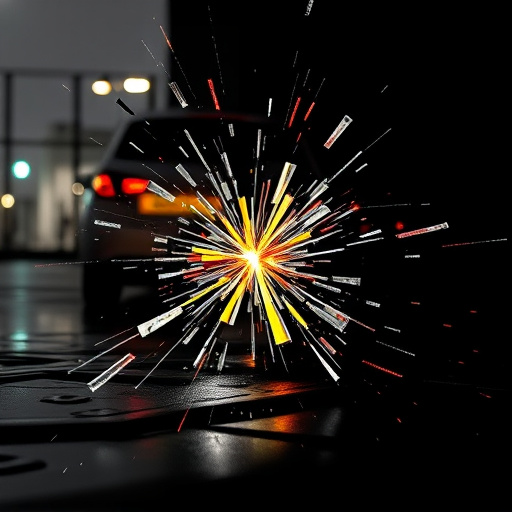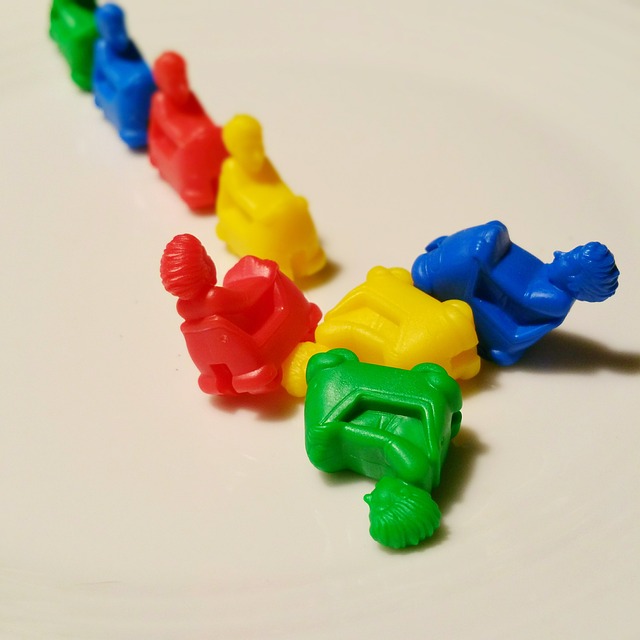Color sanding and buffing costs vary based on tools, materials, project complexity, labor intensity, and location. Budgeting requires considering preparation stages, material quality, repair complexity, and comparing quotes from specialized centers for optimal value.
“Unleash the beauty of your floors with color sanding and buffing—a process that transforms and enhances your space. This article is your ultimate guide to navigating the cost landscape of these techniques, ensuring you make informed decisions. We delve into the key factors driving pricing, from materials to labor, helping you understand budget expectations. Additionally, discover practical tips for budgeting effectively, allowing you to achieve stunning results without breaking the bank.”
- Understanding Color Sanding and Buffing Costs
- Key Factors Influencing Pricing
- Budgeting Tips for Effective Cost Management
Understanding Color Sanding and Buffing Costs
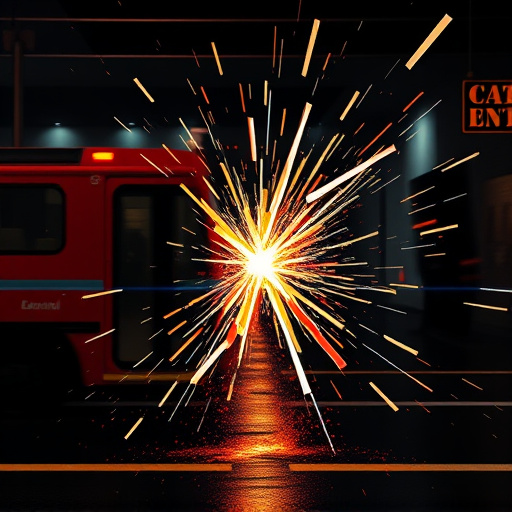
Color sanding and buffing are essential processes in vehicle repair, auto detailing, and even in some home improvement projects. Understanding the cost factors associated with this technique is crucial for anyone looking to take on such a project or run an auto repair shop. The primary costs involve acquiring the necessary tools and materials, including various grits of sandpaper, polishing compounds, and buffing machines. These can range from affordable hand tools to high-end machinery, depending on the scale of your operations.
The complexity of the project also plays a significant role in determining pricing. Simple color sanding might only require basic equipment, while more intricate dent removal or major auto repair jobs could necessitate specialized tools and advanced techniques, driving up labor costs. Budgeting accurately requires considering both fixed (tools, materials) and variable (labor) expenses, especially when catering to diverse customer needs in an auto repair shop.
Key Factors Influencing Pricing
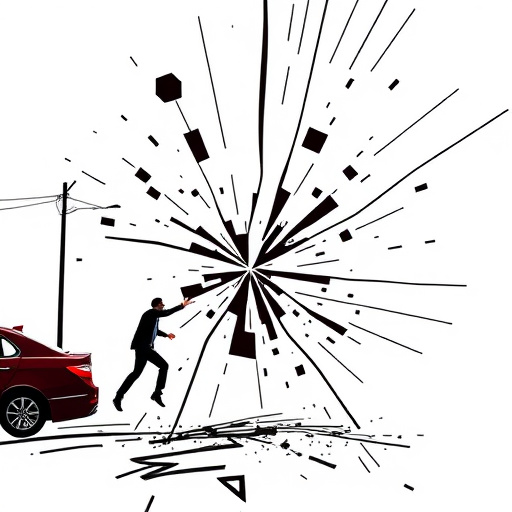
The cost of color sanding and buffing services can vary widely, influenced by several key factors. One major determinant is the extent of damage or imperfections that need to be addressed. Complex repairs involving deep scratches, dents, or paint issues will naturally carry a higher price tag compared to minor touch-ups or surface enhancements. The complexity of the color matching process also plays a significant role; matching the exact shade and finish requires skilled technicians and specialized equipment, driving up costs.
Another critical factor is the size and reputation of the automotive body shop or collision repair center providing the service. Larger establishments with a strong track record often command higher rates due to their investment in high-quality tools, training for their staff, and adherence to industry standards. Moreover, locations with a high cost of living or significant demand for such services may reflect these factors in their pricing structures.
Budgeting Tips for Effective Cost Management

When budgeting for color sanding and buffing services, whether for your car’s exterior or tire refinishing, it’s essential to consider the potential costs associated with each step. This process involves several stages, from initial preparation to final polishing, and each can have varying price points depending on factors like labor intensity, material quality, and the complexity of the repair. To effectively manage expenses, it’s advisable to obtain detailed quotes from reputable collision repair centers or tire services that offer these specialized treatments.
Start by researching local car repair services known for their expertise in color sanding and buffing. Compare not only the overall cost but also the reputation and customer reviews. Remember, while aiming for budget-friendliness is crucial, sacrificing quality can lead to less-than-satisfactory outcomes. Prioritize finding a balance between cost and expertise to ensure you get the best value for your money, whether it’s for minor scratches or more extensive tire services and collision repair center treatments.
Color sanding and buffing are essential finishing techniques that can significantly enhance the aesthetics of wood surfaces. By understanding the key cost factors, including labor, materials, and equipment, you can effectively budget for these processes. Through strategic planning and considering various cost management tips, such as using high-quality yet affordable materials and negotiating rates with professionals, you can achieve beautiful results without breaking the bank. Armed with this knowledge, you’re now better equipped to navigate the world of color sanding and buffing, ensuring both quality and financial responsibility.
